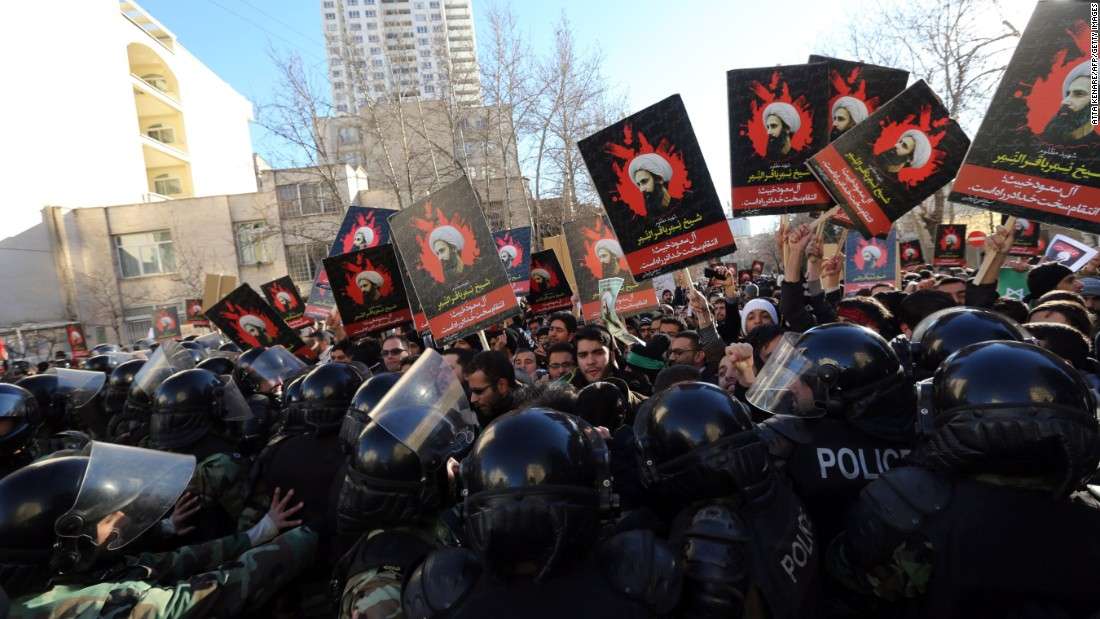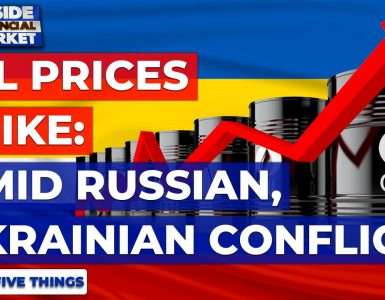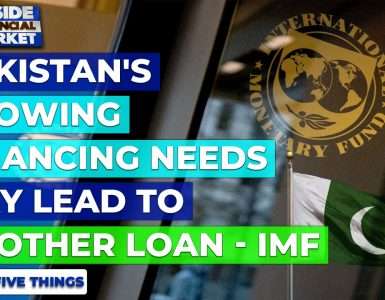The bears are mauling the crude-oil market right now and they’re not done.
Growing tensions between Saudi Arabia and Iran and the risk of disruptions to output in the region, attacks on Libya’s oil infrastructure—and now a huge weekly drop in U.S. crude inventories would normally be enough to spur a rally in oil prices.

But these aren’t normal circumstances and oil prices have, instead, plunged every day so far in 2016.
On Wednesday, Brent oil LCOG6, -2.51% —the international benchmark—and its U.S. counterpart West Texas Intermediate trading on the New York Mercantile Exchange CLG6, -2.44% settled at their lowest levels in more than 11 years.
Here are a few reasons why oil is cratering:
1). Saudi Arabia and Iran go head-to-head
The oil market initially rallied on Monday following news that Saudi Arabia had severed diplomatic ties with Iran. That climb was based on expectations that the conflict between the two big oil producers may disrupt production in the region.
But oil prices finished lower Monday as traders began to realize that the tensions would complicate any moves toward cooperation to draw down the glut of global crude supplies.
‘This tension is different than what we’ve seen in the past.’
Darin Newsom of DTN, on the Saudi Arabia-Iran conflict
“This tension is different than what we’ve seen in the past,” said Darin Newsom, DTN senior analyst.
Two members of the Organization of the Petroleum Exporting Countries are “fighting it out with each other,” he said. But “rather than sparking a market rally on fears of disruption in supplies, this time around [we] could see both increase production to cause the other more economic pain. More production by either or both means larger global supplies.”
Read: Traders fret Saudi Arabia-Iran conflict may result in fresh flood of oil
Saudi Arabia and Iran: The tensions explained(2:51)
Tensions between Iran and Saudi Arabia have escalated in the wake of the Saudi execution of a prominent Shiite cleric, but the dispute goes much deeper. WSJ’s Niki Blasina explains what is behind the strained relationship and why it could jeopardize peace efforts in the region.
The Saudis have reduced their February prices to customers in Europe, said Fawad Razaqzada, technical analyst at Forex.com. “This means they remain committed to defending their market share.”
Read: Saudi Arabia can afford cheap oil, but it is going to be a grind
2). China slows down and global stock markets drop
Supplies may also continue to swell if oil demand slows—and a rout in global stock markets and recent economic data from China, which is the world’s largest crude importer, imply that it could.
China reported that its manufacturing sector index fell last month, while a private gauge has shown that the country’s service activity grew at a slower pace in December.
“The on-going volatility in the stock markets, coupled with concerns about the health of the Chinese economy, means there is no reason for investors to expect a sudden jump in demand growth this year,” said Razaqzada, in a note Wednesday. “So, there is still no end in sight for the slump in oil.”
Read: Man who nailed 2015 oil plunge is predicting a dismal 2016
3). More than meets the eye as U.S. oil supply drops
A drop of that size usually has the power to send prices climbing, but analysts said the big decline was due to year-end “destocking” of crude inventories as companies seek out tax breaks.
MarketWatch
Sentiment in the oil market is so bearish that a drop in U.S. crude inventories wasn’t enough to help prices rebound even a little, especially after a closer look at the data.
On Wednesday, the U.S. Energy Information Administration said crude supplies fell 5.1 million barrels for the week ended Jan. 1. A drop of that size usually has the power to send prices climbing, but analysts said the big decline was due to year-end “destocking” of crude inventories as companies seek out tax breaks.
“The decline in inventories is a positive for the market, but this is being more than offset by the continued increase in production,” said Rob Haworth, senior investment strategist at U.S. Bank Wealth Management.
U.S. production rose by 17,000 barrels a day to total 9.22 million barrels a day for the week ended Jan. 1, EIA data showed.
It is also easy to see where all the crude oil from the supply drawdown went. Gasoline RBG6, -2.00% stockpiles spiked by 10.6 million barrels and distillates, which include heating oil HOG6, -0.95% saw supplies rise 6.3 million barrels that week, according to the EIA.
The price spread between WTI and Brent has narrowed and WTI prices briefly traded at a premium to Brent in December for the first time in more than five years.
However, “oil prices are likely to remain under pressure until there are signs that either production is slowing, or there is a significant impairment to Middle East oil output, or global economic growth surprises to the upside,” Haworth said.









